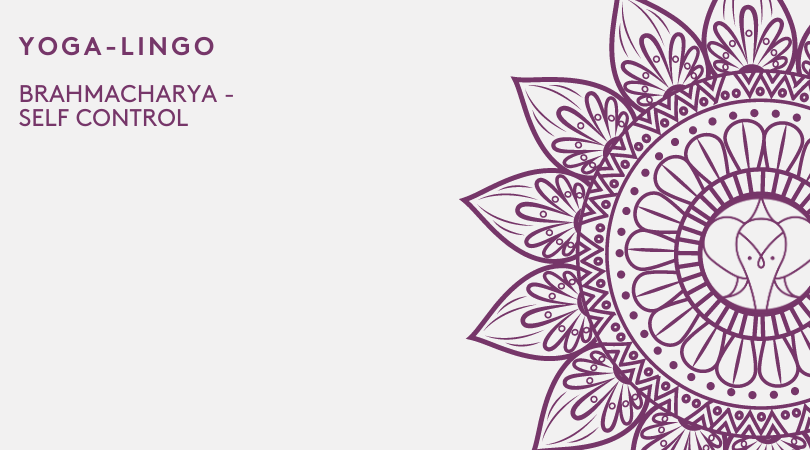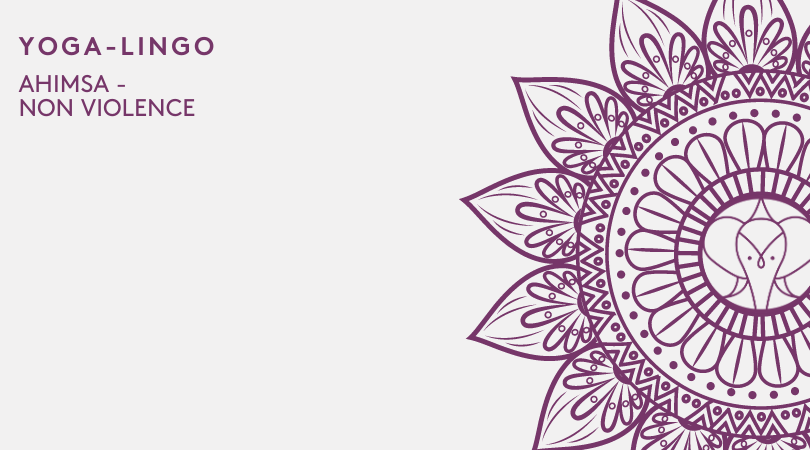What is Yoga - Sansktrit Terms
Originating in ancient India, yoga is a group of physical, mental and spiritual practices and disciplines. Major religions such as Buddhism, Hinduism, and Jainism all practice yoga, and there are many practitioners outside of these religions who are focused on the spiritual benefits of the practice.
The word yoga coming from Sanskrit root yuj means union. It's meaning is taken here as yuj samatvam , yuj samadhi, etc
There are different meanings and definitions of word yoga as there are different schools of yoga such as jnana yoga, bhakti yoga, karma yoga, raja yoga.
According to Bhagwad Gita yoga is “samatvam.” It is having a balanced and equipoise state of mind in different situations of life.
Another definition given by Bhagwad Gita is “yoga karmasu kaushlam.” It is a skill in action. Here Sri Krishna talks about following karma yoga for liberation.
In Bhagwad Gita Shri Krishna talk about bhakti also that one who completely surrenders to God can also achieve liberation.
According to sage Patanjali in his classic text yoga is Chitta vritti nirodha. It is a cessation of modifications of the mind. As per this text, yoga is not union it is samadhi. It is a separation of Purusha from Prakriti so that Purusha can attain liberation.
In the western world, it is usual that the common man thinks of yoga as we know as the third limb of yoga: Asana.
There are a variety of different types of physical yoga (Asana) Here are some examples
Vinyasa
A vinyasa flow moves rapidly from pose to pose, without taking time to examine the subtler points of each pose. This option offers a vigorous workout, as well as a chance to explore the mental and spiritual benefits of yoga.
Kundalini
Kundalini is the energy which is stored in the base of the spine. Unlocking it offers a chance to access a higher consciousness, increase self-awareness, and balance chakras and energy to ensure a holistic practice. Kundalini yoga is designed to help individuals awaken the energy, and uses breathing techniques such as alternate nostril breathing, meditation, chanting and yoga postures.
Iyengar
Iyengar yoga is ideal for focusing and perfecting alignment. It comes from the same school as Ashtanga yoga and focuses on helping practitioners form the correct alignment. This alignment is not only essential for safety, but it also helps energy - or prana - to flow more freely through the body.
Hatha yoga
Hatha yoga is ideal for anyone who wants to enjoy the physical side of yoga and focuses on the practice of asanas. There is less emphasis on the spiritual aspect such as meditation or chanting. This focus makes it ideal for beginners who are just getting to grips with different poses.
Yin yoga
Yin yoga focuses on passive, seated postures, and targets the connective tissues in the hips, lower spine, and pelvis. The emphasis is on increasing flexibility and encourages a sense of release. Poses are held from one to ten minutes, making this an ideal way to practice meditation at the same time as yoga.









